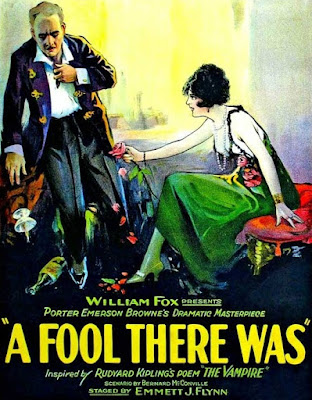From an article with ROBE director Henry Koster fawning over 20th/Fox’s new WideScreen format:
With CinemaScope, a director is at last free of the camera and has an unparalleled chance to demonstrate his ability to move actors logically and dramatically. Now, more than ever before in motion pictures, he has room in which to work. He no longer has to worry about cramped action because of the hampering restrictions imposed on him by the camera. Now he doesn’t have to worry about ‘dolly shots’ and ‘pan shots’ and ‘boom shots’ and all the other camera movements; he is free to concentrate on the chief task of drawing superb performances from his players. (New Screen Techniques/Quigley Publishing 1953)
It goes on like this, a paean to the nullification of film technique. And, true to his word, there’s an hour & a half of pageant-like staging before he tries an action scene (a none too convincing sword fight), and a remarkable two hour wait before we get a close-up. In Koster’s defense, the article was almost certainly generated by the publicity department (he may have read it), and the limited ‘scope lenses available to cinematographer Leon Shamroy were restricting. (Curved frame edges, false depth of field impression, CinemaScope engendered ‘mumps’ on full-face close-ups, significant grain deterioration on optical printer effects.) At least film-goers didn’t get those 3D headaches. And the film? It’s not too far removed from the recent QUO VADIS/’51, with a few gender swaps, but it’s still early Christians in Rome, a couple of daring rescues, religious conversions, martyrdom . . . and that eponymous robe. Who knew Jesus offered salvation and a McGuffin? Richard Burton’s career boosting perf now looks very mannered; everyone around him defers to his grandeur and come off the better for it. And while Koster doesn’t hold to total renunciation of cinematic technique, he still runs the sorriest rescue e’re put on film as Burton & Co. tiptoe in to save Victor Mature from a Roman torture chamber.
SCREWY THOUGHT OF THE DAY: Some of the very early CinemaScope pics really took flight on those huge movie palace screens. The sheer size put them over in a manner even the largest home video unit can’t accomplish. Still, this one’s awfully stiff.
DOUBLE-BILL: The quickly made follow up, DEMETRIUS AND THE GLADIATORS/’54 is sillier, shorter, a little looser.
ATTENTION MUST BE PAID: Composer Alfred Newman reuses two major music cues out of his own score for THE HUNCHBACK OF NOTRE DAME/’39. First in the rescue sequence mentioned above he makes like Korngold, then right at the end, with a magnificent 1 minute Hallelujah he first used to back Quasimodo as he saved Esmeralda. Except, he may not have written this brief, stupendous music cue which was also claimed by Pulitzer Prize winning composer Ernst Toch. Studio violinist Louis Kaufman, who played all over town before switching to a concert career, supported Toch’s claim. But equally damning is how Newman reused the theme at least two times, like a dog pissing on something to claim ownership. THE ROBE slightly rearranges the cue and it’s also found in THE SONG OF BERNADETTE/’43. Here’s a link to a modern recording of the original arrangements. Rescue sequence at 12:20; Hallelujah at 24;40.
https://www.youtube.com/watch?v=10ep6aaABpQ


























